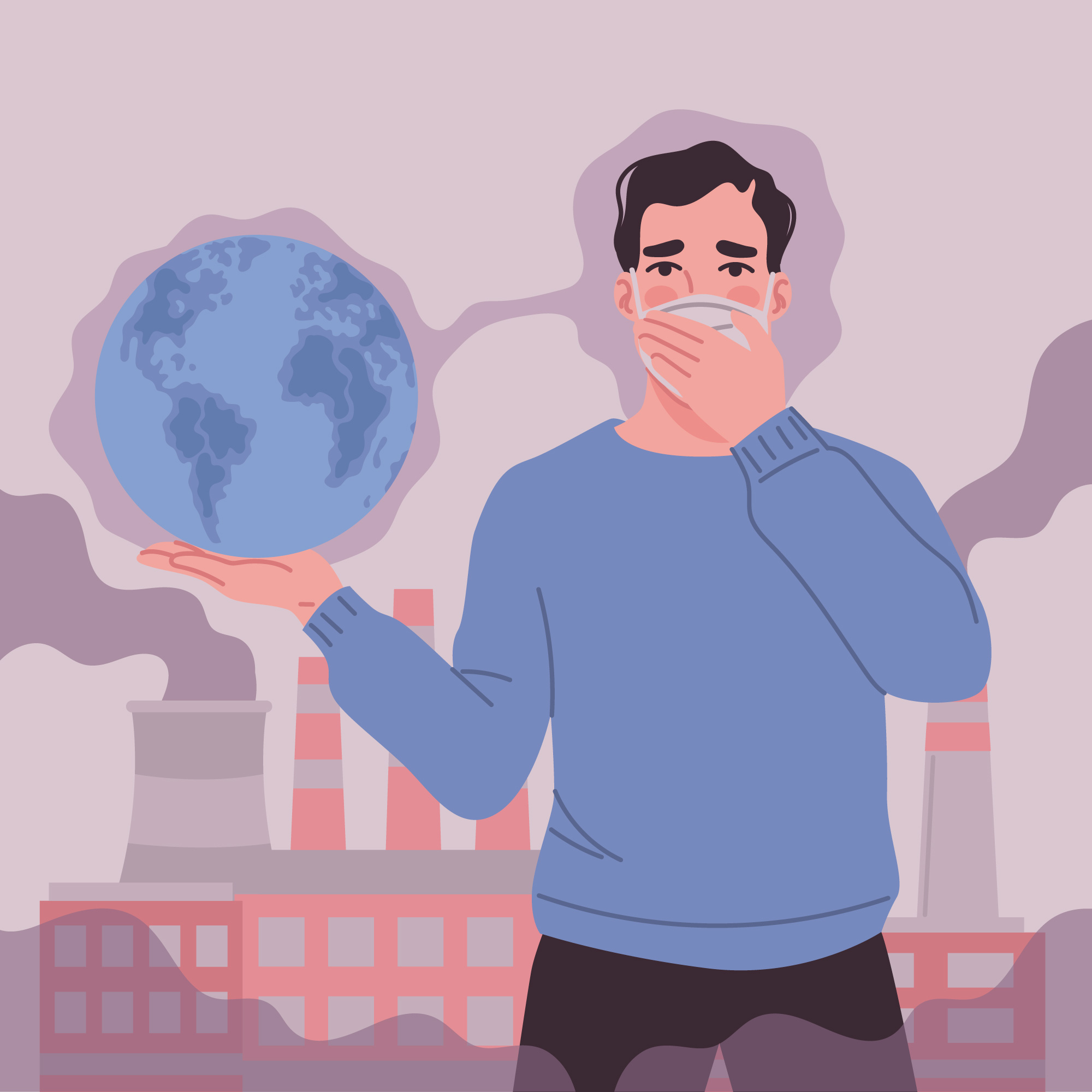In the realm of atmospheric hazards, understanding the intricacies is crucial for ensuring the safety and well-being of individuals. Our commitment to providing valuable insights sets us apart in delivering the most relevant information to address concerns surrounding atmospheric hazards. This comprehensive guide delves into the various atmospheric hazards, shedding light on their characteristics, implications, and preventive measures.
Understanding Atmospheric Hazards
Atmospheric hazards pose significant risks to human health and the environment. Chemical pollutants, particulate matter, and radiation exposure are prominent threats that demand our attention. By comprehending the nature of these hazards, individuals can take informed steps to safeguard themselves and their surroundings.
Chemical Pollutants: Unveiling the Dangers
Chemical pollutants in the atmosphere are a pressing concern for public health. Substances such as nitrogen dioxide (NO2), sulfur dioxide (SO2), and volatile organic compounds (VOCs) contribute to air pollution, affecting respiratory systems and overall well-being. Understanding the sources and effects of these pollutants empowers individuals to advocate for cleaner air and make informed lifestyle choices.
Particulate Matter: The Silent Threat
Particulate matter, comprising tiny particles suspended in the air, poses unique challenges to human health. PM2.5 and PM10 refer to particles with 2.5 and 10 micrometres diameters, respectively, which can penetrate deep into the respiratory system. Exploring the sources of particulate matter and adopting preventive measures is crucial for minimizing health risks associated with prolonged exposure.
Radiation Exposure: Navigating the Invisible Threat
Although invisible to the naked eye, radiation is a potent atmospheric hazard. Ultraviolet (UV) radiation from the sun and artificial sources can harm skin health. Understanding the different types of radiation, their sources, and protective measures empowers individuals to make informed decisions to mitigate the risks associated with exposure.
Common Misconceptions about Atmospheric Hazards
Addressing misconceptions surrounding atmospheric hazards is paramount for fostering a more informed society. It is imperative to dispel myths such as “a cloudy day eliminates UV exposure” or “indoor air is always safe.” By debunking these misconceptions, we pave the way for a more accurate understanding of atmospheric hazards and their implications.

Preventive Measures: Safeguarding Against Atmospheric Hazards
Taking proactive measures is critical to mitigating the risks associated with atmospheric hazards. From adopting sustainable practices to investing in advanced air purification systems, individuals can play a pivotal role in creating safer environments. Integrating technology, such as air quality monitoring devices, empowers individuals to make real-time decisions to protect themselves and their communities.
Advocacy for Sustainable Practices
Promoting sustainable practices is a collective responsibility and a pathway to a healthier future. Reducing carbon emissions, advocating for green spaces, and supporting eco-friendly initiatives contribute to minimizing atmospheric hazards. Our collective actions today shape the quality of the air we breathe tomorrow.
Conclusion: Empowering Individuals Through Knowledge
In conclusion, understanding atmospheric hazards is paramount for navigating the complex landscape of environmental health. This comprehensive guide has provided insights into the various facets of atmospheric hazards, from chemical pollutants to radiation exposure. By disseminating accurate information and fostering awareness, we empower individuals to take proactive steps toward a safer and healthier future.
